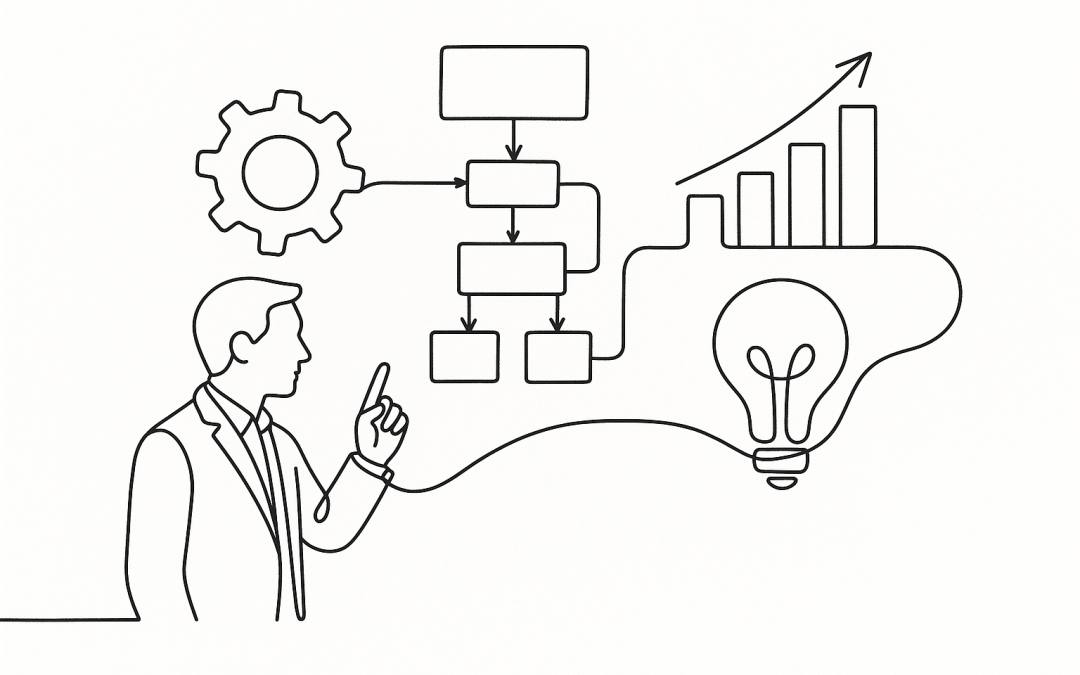In the early ’90s I was just entering the workforce. I can’t recall why but I was fascinated with the whole management theory space. I consumed everything I could from the likes of Peter Drucker, Tom Peters, and Michael Hammer. Hammer, in particular, captured my imagination. To me, his radical call to arms, “don’t automate, obliterate” wasn’t just provocative, it was visionary. Business Process Re-engineering (BPR) was about tearing down outdated workflows and rebuilding from scratch, focused on outcomes, not legacy systems.
Fast forward to 2025, and it’s déjà vu.
Agentic AI have ignited a new wave of business transformation, but too many leaders are falling into a familiar trap: trying to bolt AI onto existing processes. It’s the same mistake BPR tried to correct three decades ago. Tinkering when reinvention is required.
Today’s AI doesn’t just enhance tasks; it can reason, decide, and act independently. We’re not just automating steps, we’re introducing autonomous actors into our organisations. This isn’t a tweak to existing ways processes. It demands a ground-up rethink of how work is done.
Thought leaders are sounding the alarm. Thomas H. Davenport’s latest work urges businesses to reimagine workflows “agent-first.” Ravin Jesuthasan of MIT Sloan argues for deconstructing jobs to enable AI-driven structures. McKinsey, Deloitte, and Accenture are pushing for agentic models. Networks of intelligent, goal-oriented systems that fundamentally shift how value is created and delivered.
While most of us are not ready for this today, it is something we need to be thinking about and planning for.
Imagine a customer onboarding process. Not with forms routed through departments, but with AI agents coordinating data, approvals, compliance, and customer interaction in real time. Not faster. Different.
That’s why “what’s old is new again.” Hammer’s principle was never about the technology. It was about radical thinking. And in 2025, it applies more than ever.
To truly leverage agentic AI, we must stop asking, “How can AI improve this process?” and start asking, “If we built this today, with intelligent agents in mind, how would it work?” The answer will rarely resemble what you have today.
For those of us who once devoured BPR like a playbook, it’s thrilling to see this cycle return. But this time, with more powerful tools and arguably much higher stakes.
Let’s not just iterate. Let’s obliterate… again.
